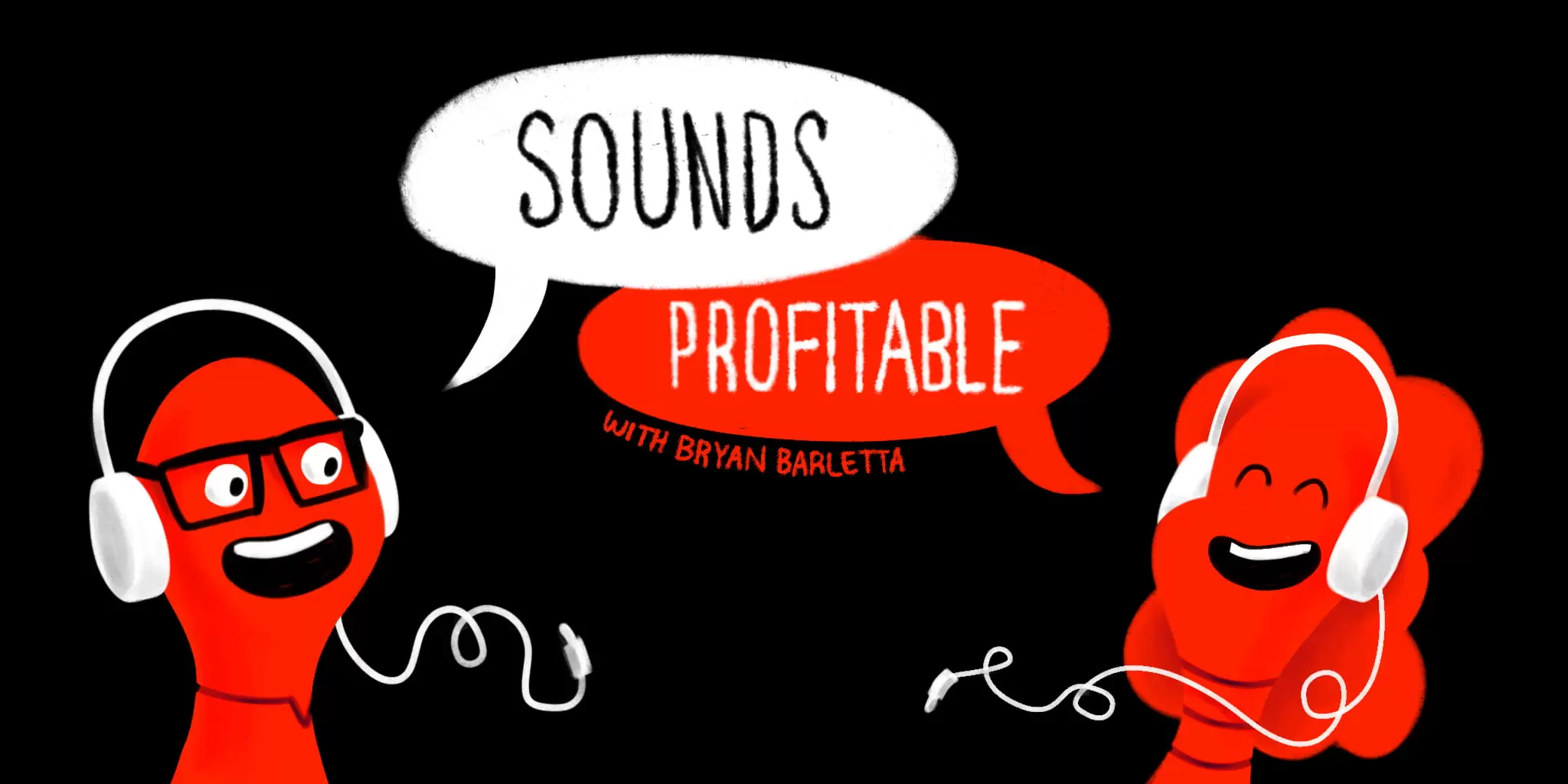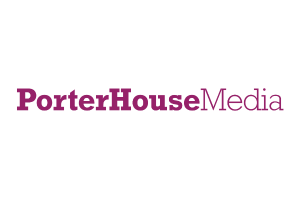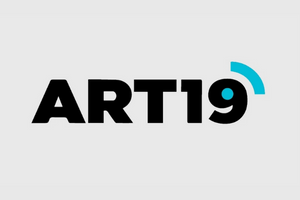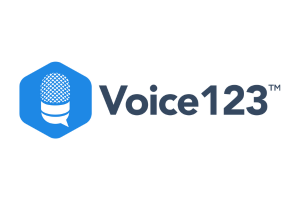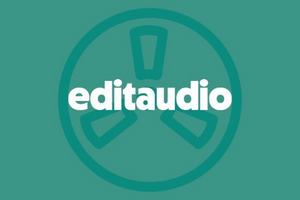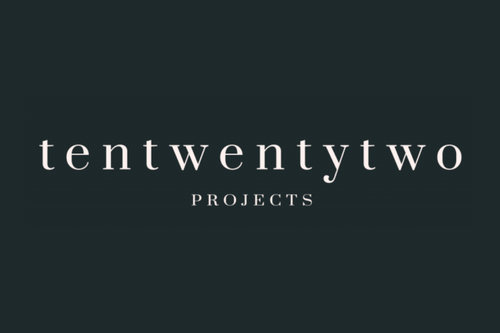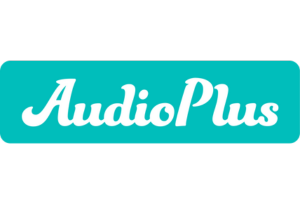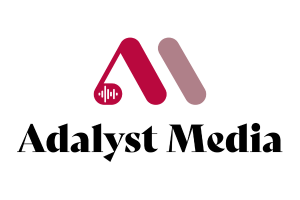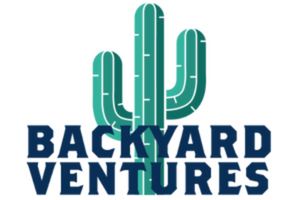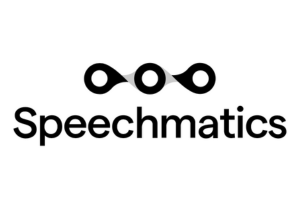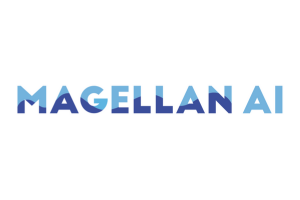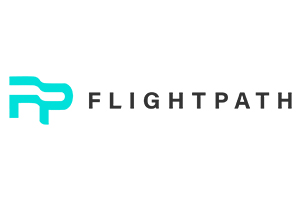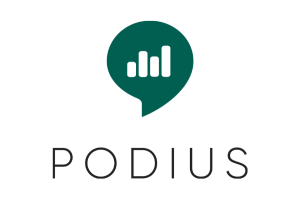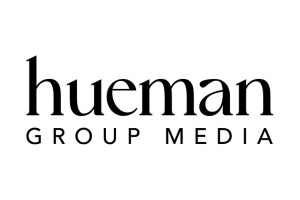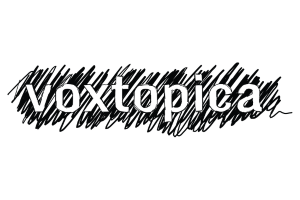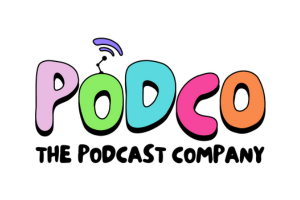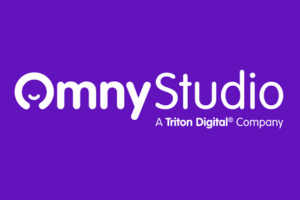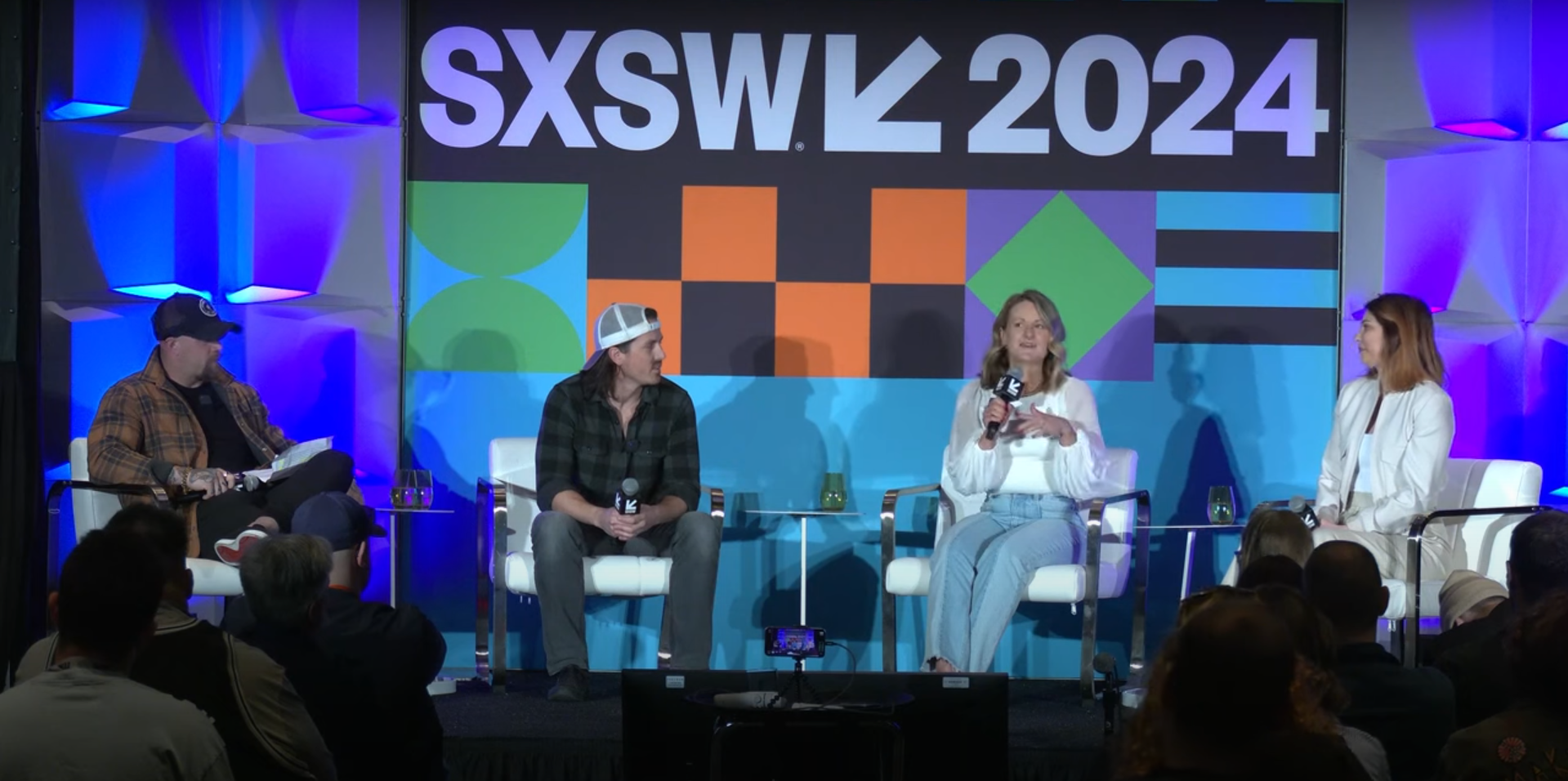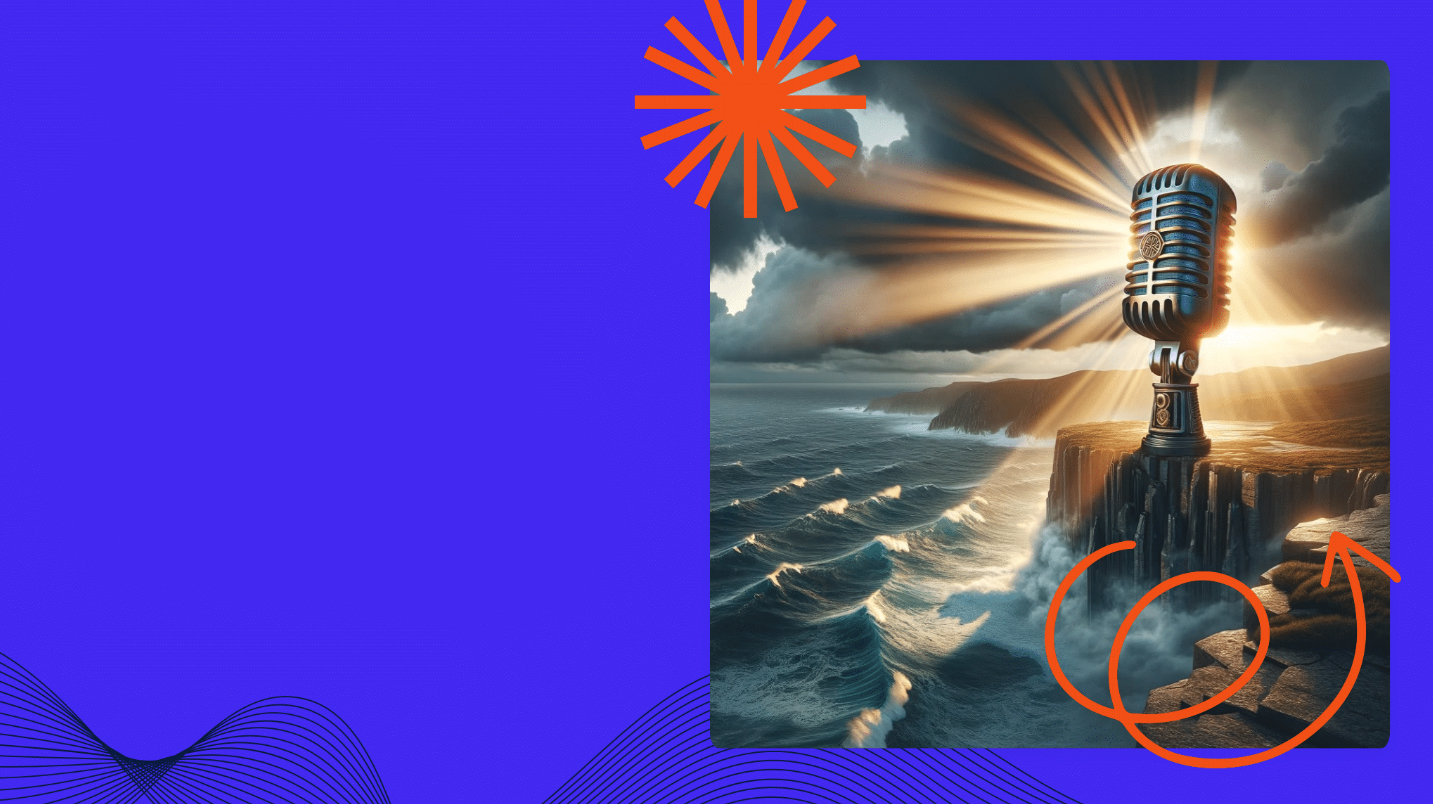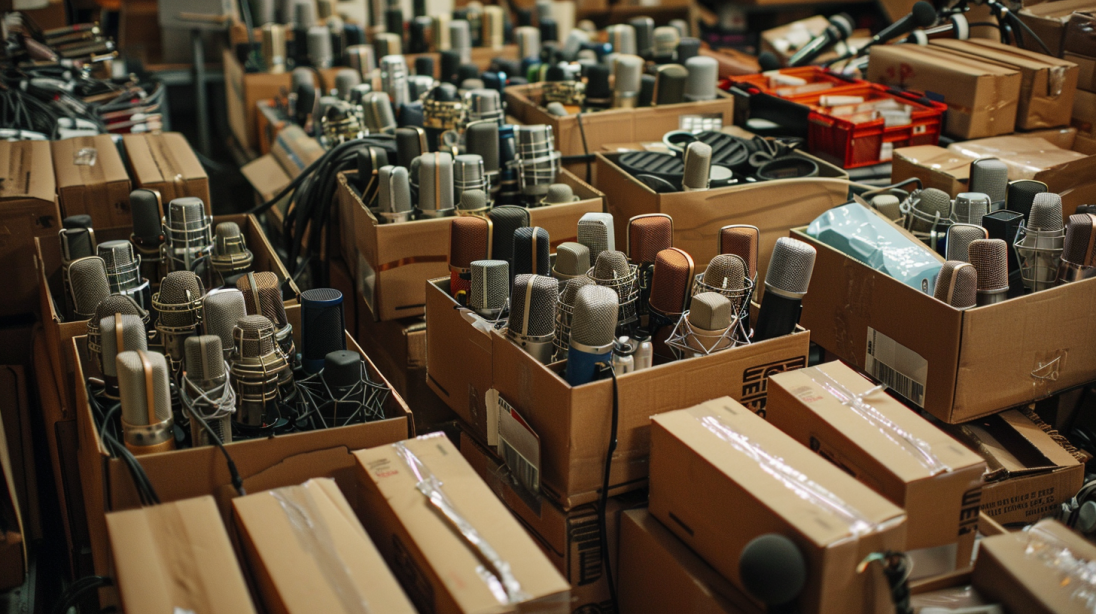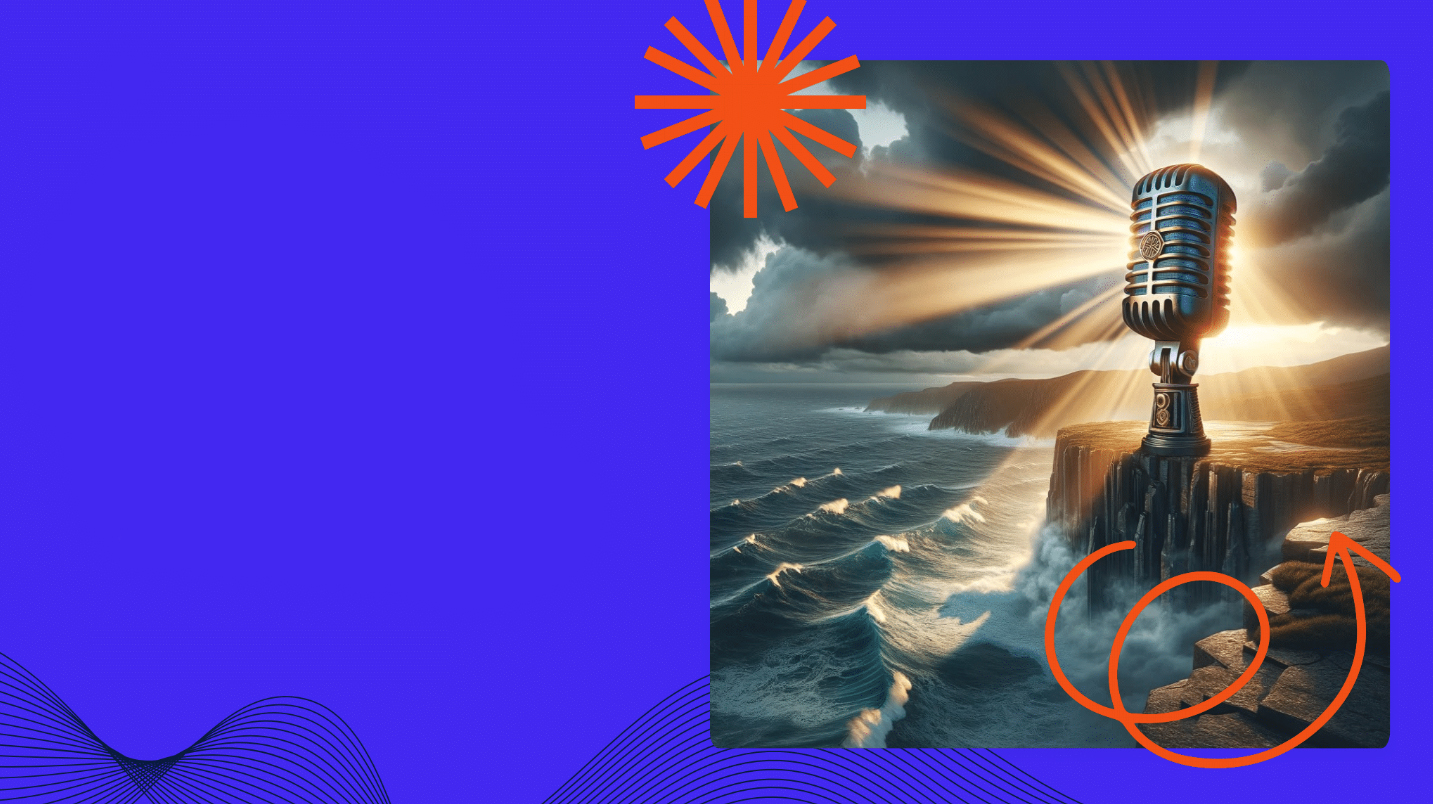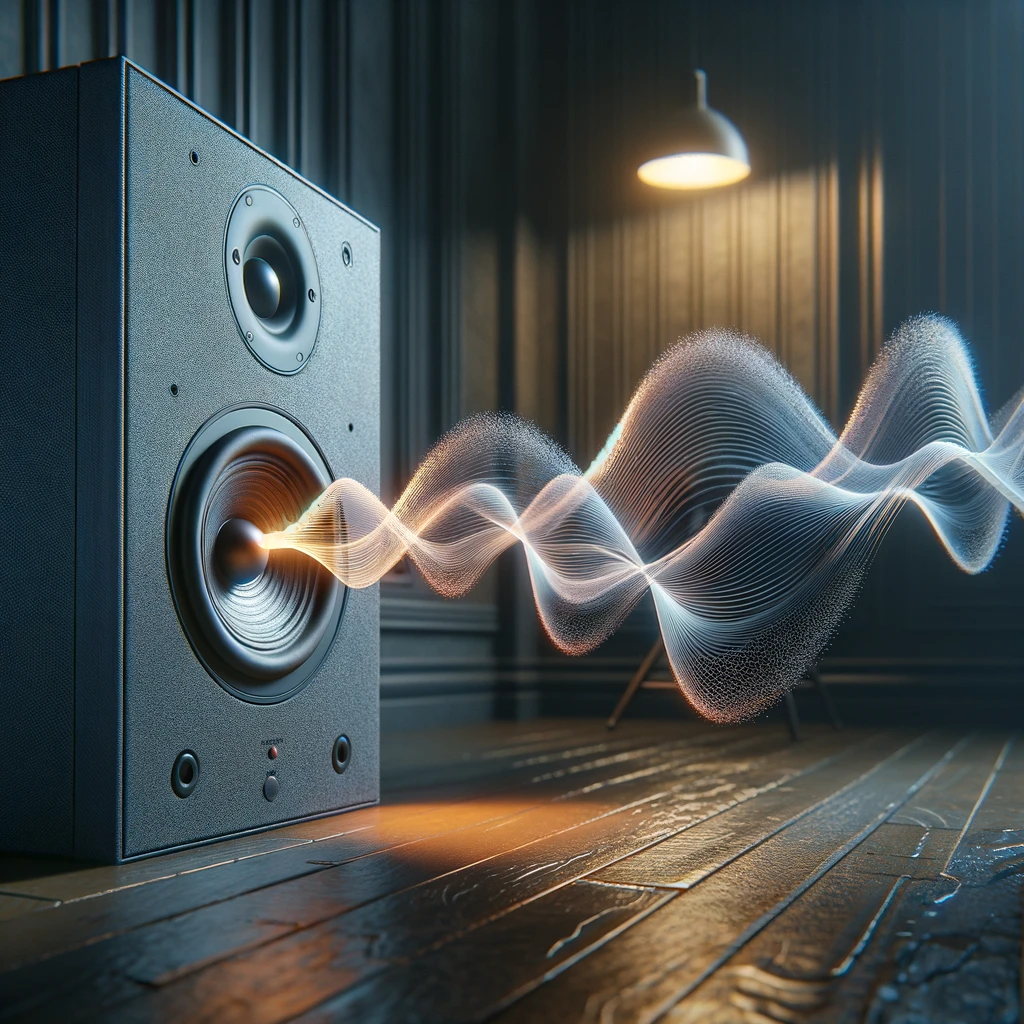The X Fronts are today (Thurs Oct 28) at 10am EST! A completely free, industry leading indie podcast upfront featuring some of the smartest people in the industry. You don’t want to miss this!
Podcast advertising has a snowball effect.
Buyers entering the space, more often than not, tend to increase their spending—monthly or annually—because they’re seeing results that justify an increased podcasting ad spend. And while it’s great that ad budgets for podcasting continue to rise, the piece of the puzzle that we absolutely need to better prioritize is this: bringing new advertisers to the podcasting table.
Personally, I think that Spotify’s recent announcement of Anchor’s new monetization options is going to be a big piece of that puzzle. Not just for Spotify, but for our whole industry.
Last week I dug into the publisher side funnel that Anchor has laid out to grow amature podcasters all the way up to educated publishers, which the whole podcast industry can benefit from having more of.
But available inventory has never been the issue; advertising dollars have been and are the issue. So this week we’re shifting our focus on to the ad buyer side of the announcement, which I feel will have an even bigger impact than what we covered last week.
The Spotify Channel
Spotify’s Streaming Ad Insertion (SAI) is in-app audio advertising, not podcast advertising.
I’m not saying this to be a neckbeard. I’m pointing it out because it’s important to see Spotify and podcast advertising as two completely separate advertising channels. Both have their strengths and limitations. They can act in similar ways but are fundamentally different. They both fit solidly in the audio advertising category, in the same way that Facebook ads and Twitter ads fit solidly in the social media advertising category. And since Spotify is its own complete advertising channel, held up next to the entire podcast advertising channel, they’re a very compelling option considering everything they can offer.
But the idea that a buyer will find everything they need from just one advertising channel is unimaginable. And if you ever worked for an agency that tried to do only Google Adsense or Facebook Ads, you know just how bonkers that is. Which is why it’s critical to remember that when one channel flourishes, the others do too, as savvy buyers will want to expand their reach and control once they’re knowledgeable about the space.
In podcast advertising, a buyer can purchase inventory across multiple platforms and publishers, utilizing the buyer’s analytics or attribution tools of choice and measuring accurately across all of them thanks to agreed-upon frameworks and third-party audits of those frameworks.
But every aspect of what Spotify has to offer is unique to Spotify, a siloed solution built to give a similar experience to the greater podcast ecosystem, but on Spotify’s specific terms and using their self-reported metrics.
But with that focus and separation from the rest of the podcast space comes two funnels that really elevate the likelihood that an advertiser new to audio, specifically interested in podcasting, is likely to encounter Spotify first: A budget-conscious pathway for those looking to grow into the space, and a tech-optimized solution for the experts that already have their own tools.
Low Barrier to Entry
For $500 and less than 15 minutes, anyone can have their first ad live running on Spotify’s Audience Network. It took me less than five minutes to get an ad ready to go with Spotify Ad Studio. Nobody had to approve my account. I didn’t have to commit to a long-term ad spend or wait for an onboarding call from a rep or sales engineer to discuss my audio strategy. All the targeting options were laid out in front of me, and Spotify even provides buyers with free ad creation for all ad buys.
Instead of those things, I was given immediate instant access to a fully self-service tool… and that was fantastic.
I can’t over-emphasize the power of this low barrier to entry and lack of need for hand-holding. Way too few ad buying platforms allow you to just sign up and get started. Far too many require you to speak to someone from the company or book a demo first. And having no required minimum ad spend is a huge boon, as it does away with a lengthy contract process that often takes longer than getting an ad built and live with Spotify Ad Studio.
And just like with Anchor choosing to monetize podcasts with as few as 50 listeners, I think this demonstrates the scale and automation that only Spotify can provide today. I’m not convinced that anyone else, outside of maybe Youtube, is really ready to tackle it.
The end result is a completely satisfactory audio ad buying experience for announcer-read ads that can cover advertisers new to the industry and even those in the mid-tier. And it’s that mid-tier level where things get more interesting.
Wide Open World
A few weeks back, we dug into the speedbumps that have prevented programmatic to really grow in podcasting. They’re all completely reasonable speedbumps that happen when a new media format comes into play at a scale that’s worth noticing, and podcasting is definitely feeling them right now. But Spotify won’t hit those same speedbumps, because Spotify is in-app audio advertising, not podcast advertising.
But nobody buying podcast ads through programmatic cares what I call it. At the end of the day, buyers will be able to use their preferred Demand Side Platform (DSP) to buy real-time audio ads from Spotify and have them play to Spotify listeners, without disrupting how the buyer does business. And it’ll all be done without having to educate the buyer on the differences/speedbumps. Because they won’t care.
Considering most buyers use programmatic because it makes their lives easier and to test strategies out, Spotify will be a great low-effort choice for that. The ability to mold podcasting into something appealing to a digital buyer who isn’t quite ready to intimately learn the benefits of podcast advertising is something we sorely need right now. Spotify is going to give us that.
And when that buyer finds success and turns fully to focus on podcasting, realizing they want to explore more than just podcast listeners on Spotify, Spotify will become one of their many strategies as they increase their spend exploring host-read ads and direct buying relationships.
And that is a win for the entire industry.
Why New Advertisers Flocking To Spotify Benefits All Podcasting
At Advertising Week in NYC, Matt Drengler of Podsights spoke about their Q4 2021 Benchmark Report, and highlighted something pretty significant: advertisers who run ads on multiple podcasts or networks continue to get better conversion rates than those that only use one publisher. Spotify’s SAI, which is what will be available programmatically, is one advertising channel, focused on people who listen to podcasts on Spotify. And as advertisers start to find success in these low barrier of entry solutions, whether cost or tech-based, they’ll want to explore more.
Whether that’s looking for a more hands-on relationship, better creative services, the ability to choose their own analytics or attribution partner, or any number of things. Advertisers are the toughest nut to crack in any industry, especially an industry that prides itself on being so hands-on and intimate.
I think Spotify really nailed the “too small for anyone to really want to manage” client offering, for both podcaster and advertiser. The affinity these clients will have to them for the first half of their journey in this space will make it pay off. And with Megaphone, they’re set up to capture a sizable chunk of that growing educated client base. But it’s unrealistic to expect the sophisticated clients they’ve now created won’t explore the rest of the podcast ecosystem. A rising tide lifts all boats.
If winning over advertisers was as easy as winning over publishers, podcasting would already be a $10bn industry. Any solution that invites more advertisers to the table, even if it’s a different channel, is one we should all welcome.
New Sponsors
Sounds Profitable exists thanks to the continued support of our amazing sponsors. Each sponsor receives one hour of consulting per month as a way to say thanks.
* Athletic Greens is comprehensive and convenient nutrition made simple: an all-in-one daily supplement to support gut health, immunity, energy, recovery, focus, aging, and more.
* Vodacast is made for podcasters to organize their research and easily build supplemental content feeds for episodes. Grab your podcast here, and give your listeners a full, immersive experience with Vodacast, now in public beta.
Want to learn more about sponsorship? Hit reply!
Rel’s Recs
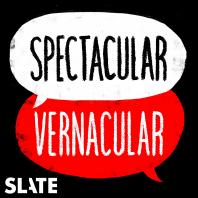
This week, Arielle Nissenblatt of Earbuds Podcast Collective recommends Spectacular Vernacular, from Slate Podcasts, hosted with Megaphone.
If you love history, linguistics, pop culture, and how they all intersect, this podcast will be your next must-listen. Nicole Holliday and Ben Zimmer are engaging and quick-witted, bringing linguistic concepts to listeners in digestible ways. They play language and geography games with guests, too!
Market Insights – with ThoughtLeaders
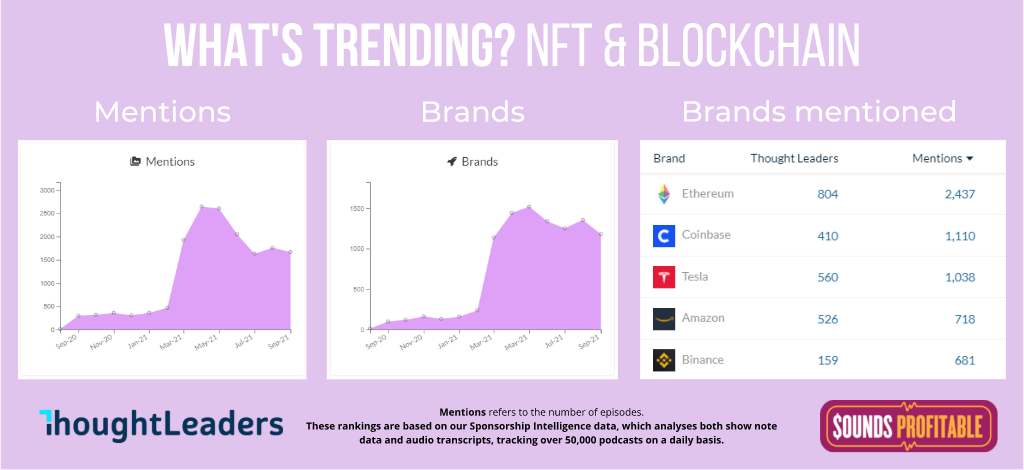
Noam Yadin, Content and Social Media Manager at ThoughtLeaders joins me this week to share insight into current trends:
It comes as little surprise that NFT & blockchain has been trending this last year! Over the last year, there have been 17,000 mentions of ‘NFT’ or ‘Blockchain’ on podcasts by 5,103 podcasters. Daily Crypto Report currently stands as the podcast that has mentioned ‘NFT’ or ‘Blockchain’ the most – 411 pieces of content!

